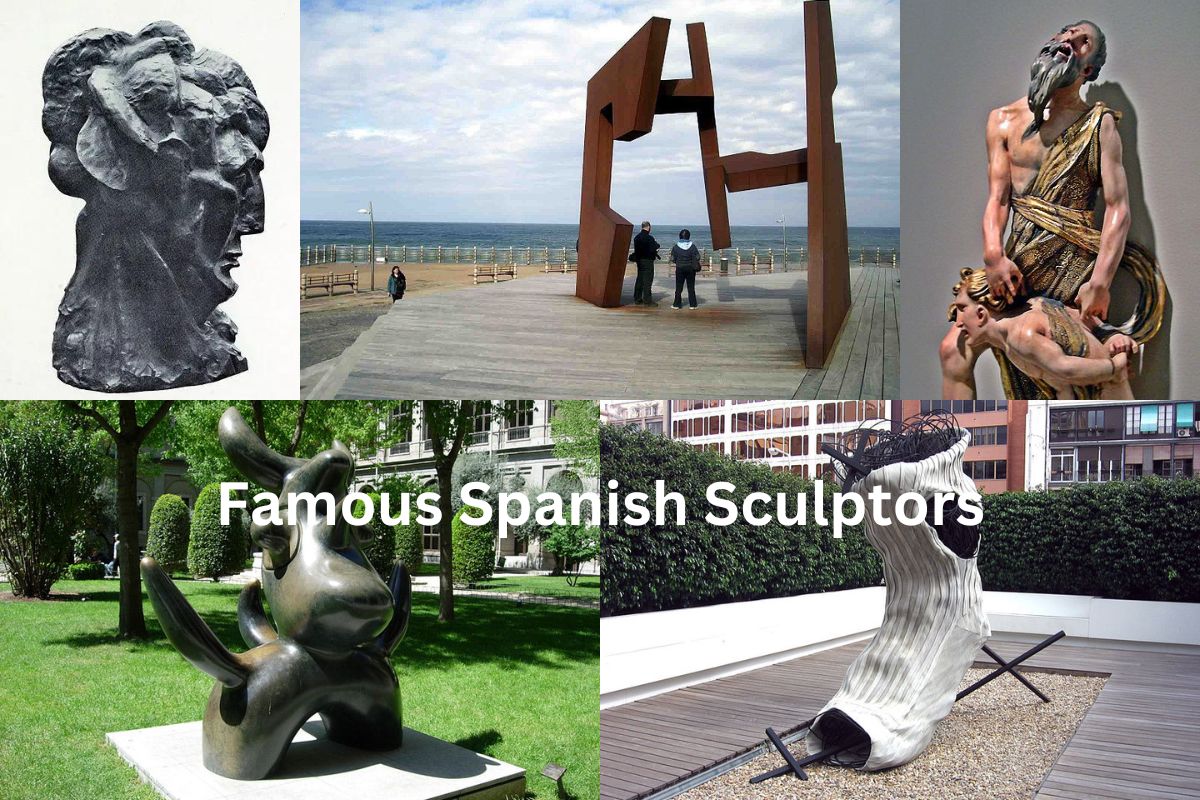Spanish sculpture has a long and diverse history that spans from the ancient Iberian period to contemporary times.
The art of sculpting in Spain has been influenced by various cultures such as Roman, Gothic, Renaissance, and Baroque, and has been an integral part of Spanish art.
One of the most famous Spanish sculptors, Pablo Picasso, is known for his contributions to the cubist movement in art. However, he was also a prolific sculptor who created many works in bronze, wood, and other materials. His sculptures are characterized by their abstract forms, and he often used found objects in his work.
Eduardo Chillida was another notable Spanish sculptor known for his large-scale abstract sculptures. Chillida’s works were often made of steel and other metals, and he was known for his public sculptures that often served as landmarks in cities around the world.
Spanish artists has contributed significantly to the world of sculpture, and their works can be seen in museums and public spaces around the world.
Overall, Spanish sculpture has a rich and diverse history that continues to inspire and influence artists today. The works of these famous Spanish sculptors serve as a testament to the enduring power and beauty of sculpture as an art form.
Famous Spanish Sculptors
1. Pablo Picasso
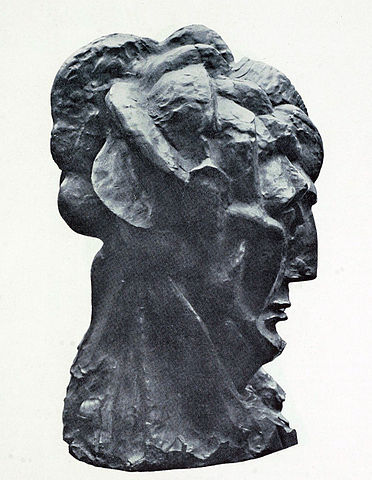
Pablo Picasso (1881-1973) was a Spanish artist widely recognized as one of the most influential and groundbreaking artists of the 20th century. He is best known for his contributions to the development of cubism in art, but he was also a prolific painter, printmaker, and sculptor.
Picasso was born in Malaga, Spain, and began studying art at an early age. He moved to Paris in 1904, where he quickly established himself as a leading figure in the art world. His early works were influenced by the classical style of the ancient Greeks, but he soon began experimenting with different styles and techniques.
In the early 1900s, Picasso began working closely with Georges Braque, and together they developed the cubist style of art. Cubism is characterized by the use of abstract forms and the fragmentation of traditional artistic elements such as perspective and form. Picasso’s cubist paintings and sculptures are considered some of his most significant contributions to the art world.
Picasso’s sculptures are characterized by their abstract and cubist style. He often used found objects such as bicycle handlebars, pipes, and other materials in his sculptures. His sculptures were often large and highly stylized, and they played an important role in the development of modern sculpture.
Picasso’s works continue to be highly sought after today, and they can be seen in museums and galleries around the world. He is widely regarded as one of the most important artists of the 20th century, and his contributions to the art world continue to influence and inspire artists today.
2. Eduardo Chillida
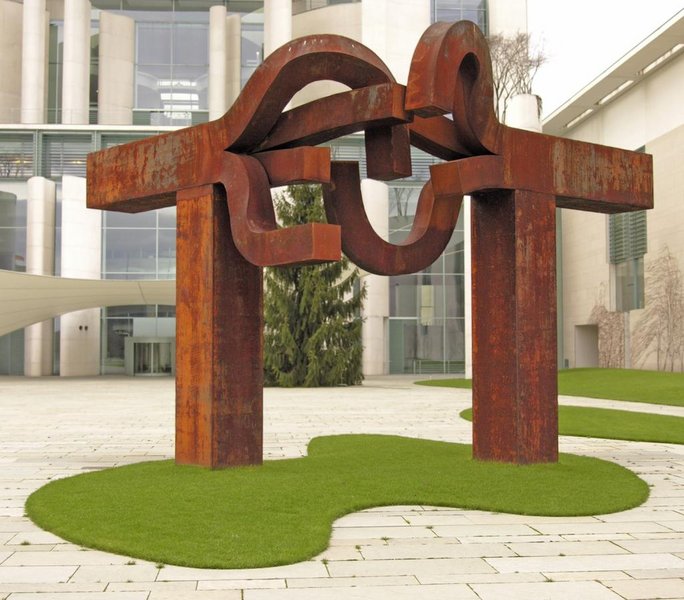
Eduardo Chillida (1924-2002) was a Spanish sculptor known for his large-scale abstract sculptures. He was born in the Basque Country of Spain and studied architecture before turning to sculpture in the 1940s.
Chillida’s early works were influenced by traditional Basque sculpture and he worked mainly in stone. However, his style soon evolved, and he began working in steel and other metals. He was known for his use of negative space and for creating sculptures that were often monumental in size.
One of Chillida’s most famous works is the Peine del Viento (Wind Comb), a large-scale sculpture installed on a rocky outcrop overlooking the Bay of Biscay in San Sebastián, Spain.
The sculpture is made of steel and features a series of curved forms that are designed to capture the wind and create a musical sound.
Chillida’s sculptures are characterized by their abstract forms and the way they interact with the surrounding space. He often worked on a large scale, creating sculptures that could be placed in public spaces such as parks and plazas.
In addition to his sculptures, Chillida also created a number of drawings, prints, and collages. His works have been exhibited in museums and galleries around the world, and he is considered one of the most important sculptors of the 20th century.
Chillida’s legacy continues to inspire and influence contemporary artists today, particularly those working in the field of public sculpture. His sculptures are celebrated for their ability to create a dialogue between the artwork and its environment, and for their ability to capture the imagination of viewer
3. Alonso Berruguete
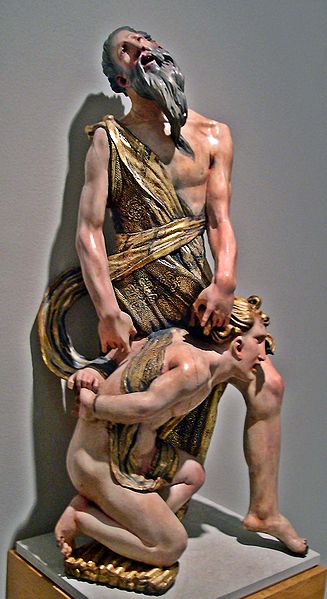
Alonso Berruguete (c. 1488-1561) was a Spanish Renaissance sculptor and painter who was born in the town of Paredes de Nava, in the province of Palencia. He was one of the most important artists of the Spanish Renaissance, and his works can be seen in churches and museums throughout Spain.
Berruguete began his artistic training in Italy, where he was influenced by the work of Michelangelo and other Renaissance artists. He returned to Spain in the early 16th century and began working on a series of important commissions.
Berruguete’s sculptures are characterized by their dramatic poses, intricate details, and emotional intensity. He worked mainly in wood, and his sculptures often feature elaborate drapery and intricate carving.
Some of his most famous works can be seen in the Cathedral of Toledo, including the choir stalls, which are considered some of the finest examples of Renaissance wood carving in the world.
In addition to his sculptures, Berruguete was also an accomplished painter, and he created a number of altarpieces and other religious works. His paintings are characterized by their bright colors and strong sense of movement, and they often feature religious themes.
Berruguete’s influence on Spanish art was significant, and he is considered one of the most important artists of the Spanish Renaissance. His works continue to be celebrated today for their technical skill, emotional intensity, and artistic innovation.
4. Gregorio Fernández
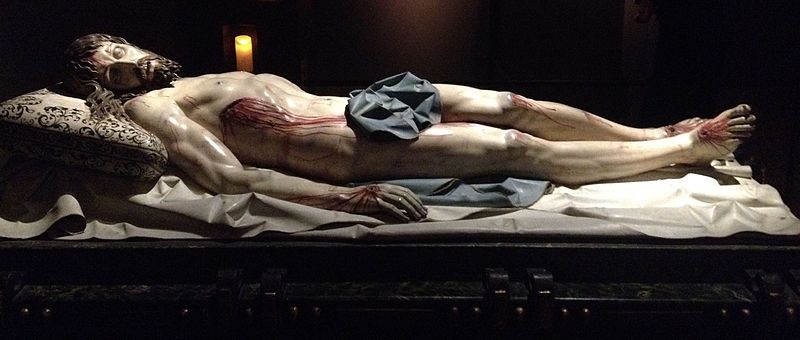
Gregorio Fernández (1576-1636) was a Spanish Baroque sculptor who was born in Valladolid, Spain. He is considered one of the most important sculptors of the Spanish Golden Age and his works can be seen in churches and museums throughout Spain.
Fernández began his career as an apprentice to his father, who was also a sculptor. He quickly developed his own style, which was characterized by its emotional intensity and naturalism. His sculptures often feature highly realistic details, such as the folds of clothing and the texture of skin.
One of Fernández’s most famous works is the Cristo Yacente (Lying Christ), a life-size sculpture of Christ lying in repose after his crucifixion. The sculpture is notable for its highly realistic details, such as the wounds on Christ’s hands and feet, and the expression of pain on his face.
Fernández’s sculptures often feature religious themes, and he was known for his ability to capture the emotion and drama of these subjects. He worked mainly in wood and polychrome, and his works are highly sought after today by collectors and art enthusiasts.
Fernández’s influence on Spanish art was significant, and he is considered one of the most important sculptors of the Baroque period. His works continue to be celebrated today for their technical skill, emotional intensity, and artistic innovation.
5. Juan Martínez Montañés
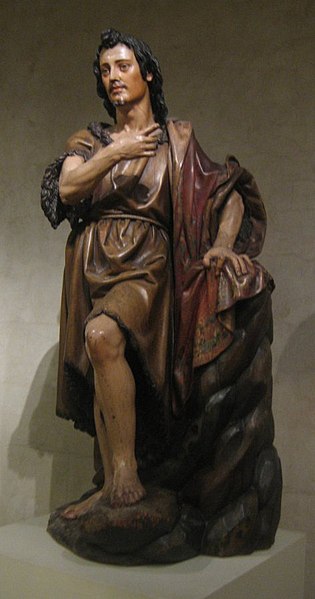
Juan Martínez Montañés (1568-1649) was a Spanish Baroque sculptor born in Alcalá la Real, Jaén, Spain. He is considered one of the most important sculptors of the Spanish Golden Age, and his works can be seen in churches and museums throughout Spain.
Montañés began his artistic career as an apprentice to his father, who was also a sculptor. He quickly developed his own style, which was characterized by its naturalism and attention to detail. His sculptures often feature highly realistic details, such as the folds of clothing and the texture of skin.
One of Montañés’s most famous works is the sculpture of the Cristo de la Clemencia (Christ of Mercy), located in the Cathedral of Seville. The sculpture is notable for its highly realistic details, such as the wounds on Christ’s hands and feet, and the expression of pain on his face.
Montañés’s sculptures often feature religious themes, and he was known for his ability to capture the emotion and drama of these subjects. He worked mainly in wood and polychrome, and his works are highly sought after today by collectors and art enthusiasts.
Montañés’s influence on Spanish art was significant, and he is considered one of the most important sculptors of the Baroque period. His works continue to be celebrated today for their technical skill, emotional intensity, and artistic innovation.
6. Antoni Tàpies
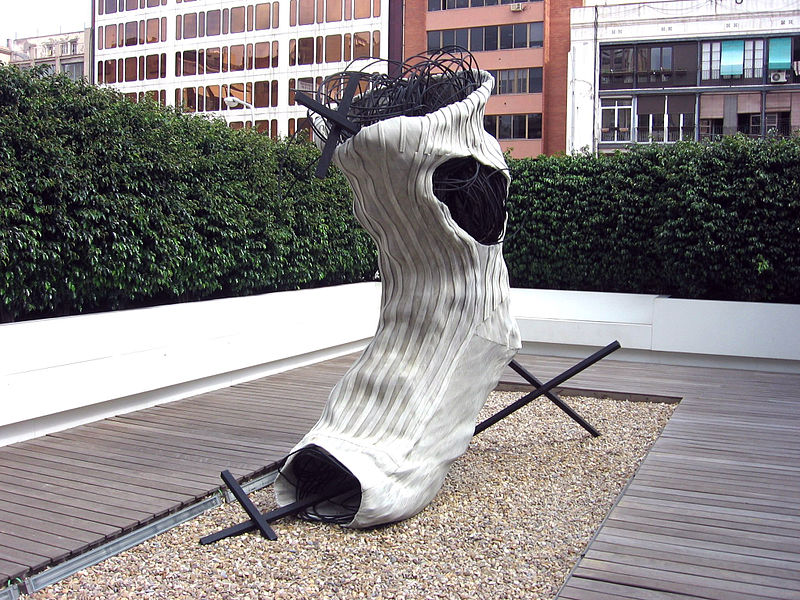
Antoni Tàpies (1923-2012) was a Spanish artist and sculptor known for his contributions to the development of the art movement known as Informalism. He was born in Barcelona, Spain, and began studying art at an early age.
Tàpies’s early works were influenced by surrealism and abstract expressionism. However, he soon developed his own style, which was characterized by the use of unconventional materials such as sand, dust, and other materials. His works often feature rough surfaces and textures, which he achieved through the use of impasto and other techniques.
Tàpies was also known for his sculptures, which were often made of unconventional materials such as discarded objects and scrap metal. His sculptures were characterized by their abstract forms and rough textures, and they often featured symbolic imagery.
Throughout his career, Tàpies was interested in exploring themes related to spirituality, mortality, and the human condition. His works often feature references to the Catalan culture and history, and he was known for his political activism and support of Catalan independence.
Tàpies’s works can be seen in museums and galleries around the world, and he is considered one of the most important artists of the 20th century. His contributions to the development of Informalism, and his use of unconventional materials, continue to influence and inspire contemporary artists today.
7. César Manrique
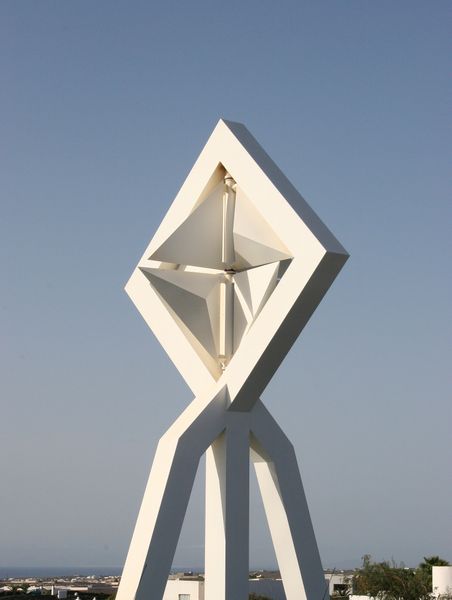
César Manrique (1919-1992) was a Spanish artist, architect, and environmentalist who was born in Lanzarote, one of the Canary Islands. He is known for his contributions to the development of the art and architecture of the Canary Islands, and his works can be seen throughout the islands.
Manrique’s early works were influenced by surrealism and the art movements of the early 20th century. However, he soon began to develop his own style, which was characterized by the use of natural materials such as volcanic rock, and by the incorporation of the surrounding landscape into his works.
Manrique was also an accomplished architect, and he was instrumental in the development of the distinctive style of architecture that is now associated with the Canary Islands. His buildings often feature traditional elements such as whitewashed walls and flat roofs, and they are designed to blend seamlessly into the surrounding landscape.
In addition to his work as an artist and architect, Manrique was also a committed environmentalist. He was a vocal opponent of overdevelopment and was instrumental in the creation of several protected natural areas in the Canary Islands.
Manrique’s works continue to be celebrated today for their innovative use of materials and their integration into the surrounding landscape. His contributions to the development of the art and architecture of the Canary Islands, and his commitment to environmental conservation, continue to inspire and influence artists and architects around the world.
8. Jorge Oteiza
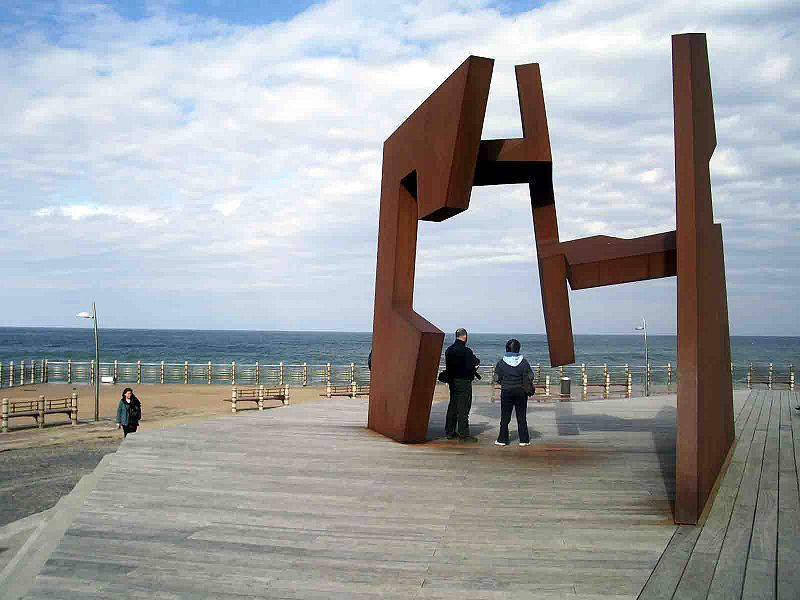
Jorge Oteiza (1908-2003) was a Spanish sculptor, painter, writer, and philosopher who was born in the Basque Country of Spain. He is considered one of the most important sculptors of the 20th century, and his works can be seen in museums and public spaces throughout Spain.
Oteiza’s early works were influenced by traditional Basque sculpture, and he worked mainly in stone. However, his style soon evolved, and he began to experiment with new forms and materials. He was known for his minimalist and abstract sculptures, which often featured geometric shapes and negative space.
Oteiza was also a prolific writer and philosopher, and his writings on art and culture were highly influential in the development of the art and culture of the Basque Country. He was particularly interested in the role of art in society, and he believed that art had the power to shape and transform society.
In addition to his sculptures, Oteiza also created a number of paintings, drawings, and collages. His works are characterized by their simplicity and their focus on the relationship between form and space.
Oteiza’s influence on Spanish art was significant, and he is considered one of the most important artists of the 20th century. His minimalist and abstract sculptures, as well as his writings on art and culture, continue to inspire and influence artists and thinkers today.
9. Joan Miró
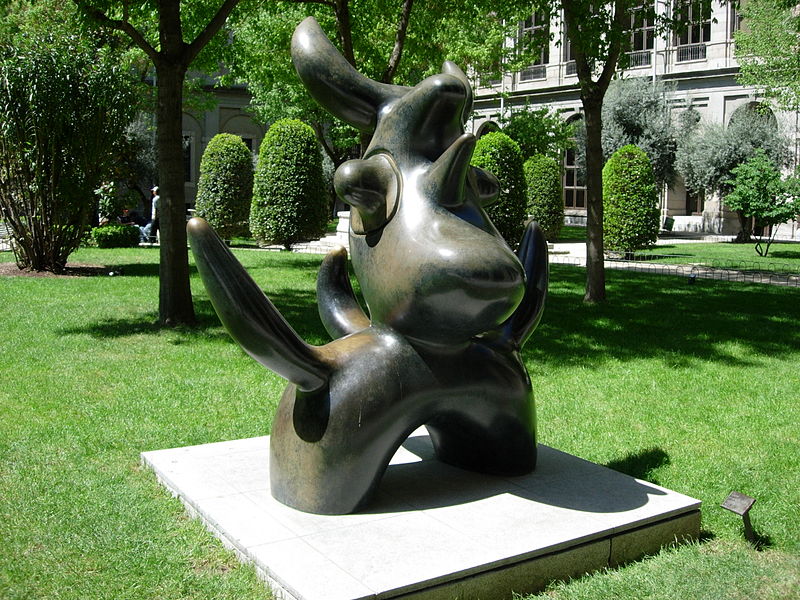
Joan Miró (1893-1983) was a Spanish painter, sculptor, and ceramicist who was born in Barcelona, Spain. He is widely regarded as one of the most important artists of the 20th century, and his works can be seen in museums and galleries around the world.
Miró’s early works were influenced by the art movements of the early 20th century, including fauvism, cubism, and surrealism. He was particularly interested in exploring the relationship between abstract forms and the natural world, and his works often feature organic shapes and bright colors.
In addition to his paintings, Miró also created a number of sculptures throughout his career. His sculptures are characterized by their abstract forms and playful use of color, and they often feature whimsical and surreal imagery.
Miró was also known for his ceramic works, which were often inspired by traditional Catalan ceramics. His ceramic works are characterized by their bold use of color and abstract forms.
Throughout his career, Miró was interested in exploring themes related to Catalan culture and identity, and he was a vocal supporter of Catalan independence. His works often feature references to the landscape and folklore of Catalonia, as well as political themes related to social justice and human rights.
Miró’s influence on Spanish art was significant, and he is considered one of the most important artists of the 20th century. His contributions to the development of abstract art, as well as his commitment to exploring the relationship between art and society, continue to inspire and influence artists today.
10. Luisa Roldán
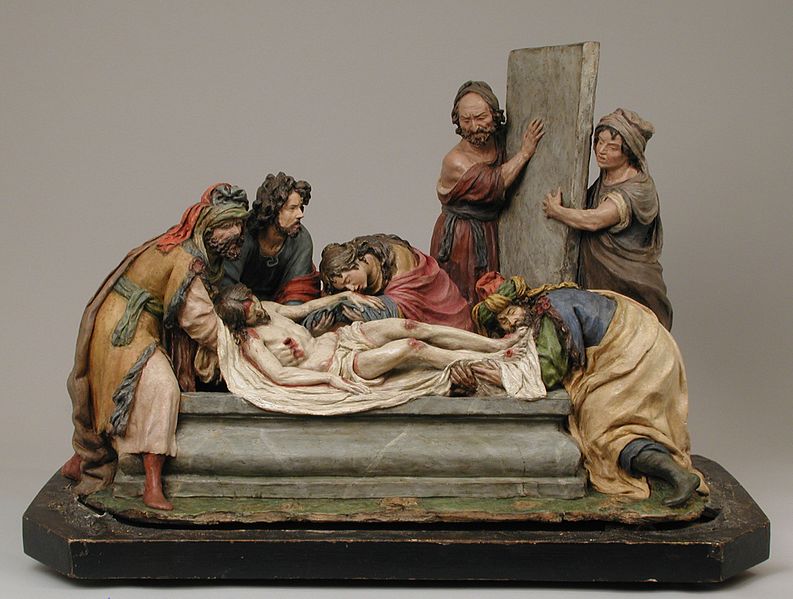
Luisa Roldán (1652-1706) was a Spanish Baroque sculptor born in Seville, Spain. She was one of the most important female sculptors of the Baroque period, and her works can be seen in churches and museums throughout Spain.
Roldán began her career as an apprentice to her father, who was also a sculptor. She quickly developed her own style, which was characterized by its naturalism and attention to detail. Her sculptures often featured highly realistic details, such as the folds of clothing and the texture of hair.
One of Roldán’s most famous works is the sculpture of Saint Bruno, located in the Royal Chapel of Granada. The sculpture is notable for its highly realistic details, such as the texture of the monk’s habit and the expression of piety on his face.
Roldán’s sculptures often featured religious themes, and she was known for her ability to capture the emotion and drama of these subjects. She worked mainly in wood and polychrome, and her works are highly sought after today by collectors and art enthusiasts.
Roldán’s influence on Spanish art was significant, and she is considered one of the most important sculptors of the Baroque period. Her works continue to be celebrated today for their technical skill, emotional intensity, and artistic innovation. As a female artist working in a male-dominated field, Roldán’s contributions to the art world are particularly noteworthy.

